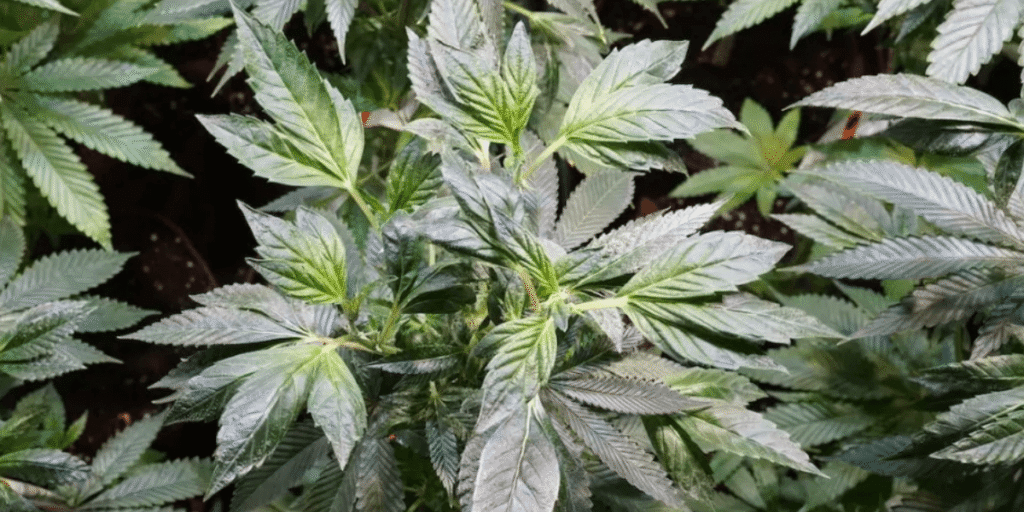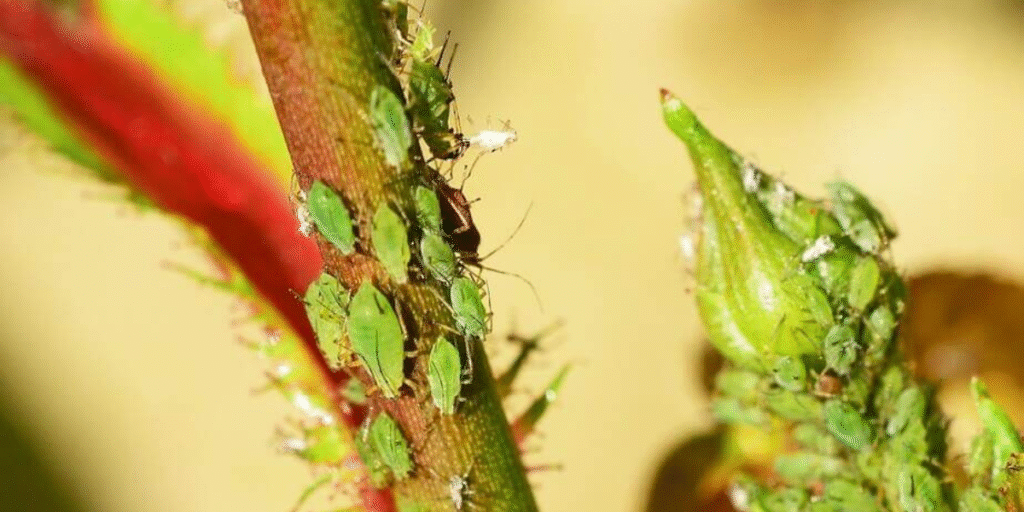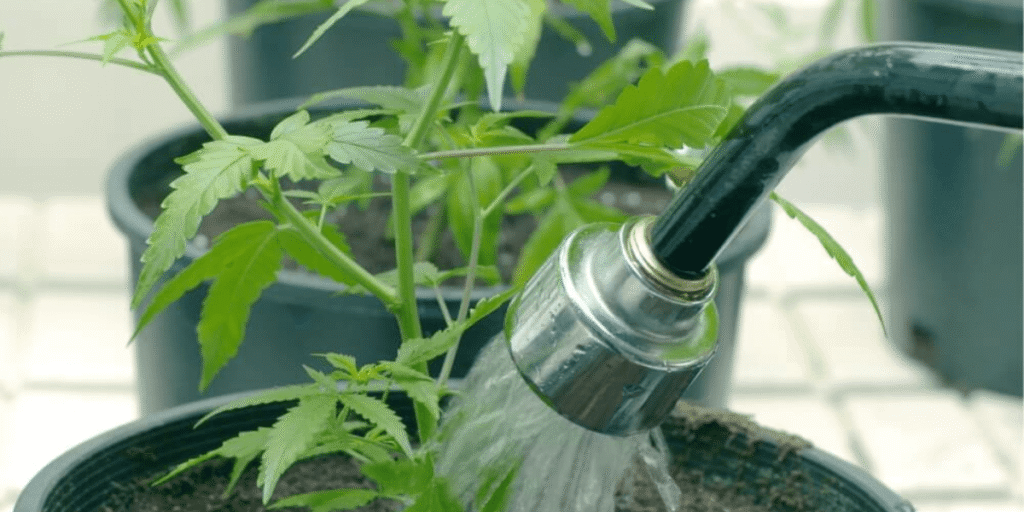Re-veg cannabis means why settle for just one harvest when you can get multiple from the same plant. This incredible technique lets you breathe new life into your cannabis after harvest by reverting it back to its vegetative stage. Imagine saving your best genetics, speeding up your grow cycles, and maximizing your yields all at once. In this guide, you’ll discover how to master re-vegging, overcome challenges, and unlock the full potential of your plants.
What Is Cannabis Re-Vegging?
Cannabis plants are typically annuals, completing their life cycle in one season. However, re-vegging hacks this natural process. It involves reverting a harvested cannabis plant from its flowering stage back to its vegetative growth stage. This is primarily achieved by manipulating the light cycle, typically by providing at least 18 hours of light per day, mimicking the longer days of spring and summer.
Key Benefits of Re-Vegging Your Plants
There are several compelling reasons why growers choose to re-veg:
- Preserve “Keeper” Genetics: If you’ve found a plant with exceptional traits like high yield, potent buds, or a unique terpene profile re-vegging allows you to keep that specific genetic profile without needing a dedicated mother plant room or starting new seeds.
- Faster Turnaround for Second Harvests: Re-vegged plants already have an established root system. This means they’ll bounce back much faster than new clones or seedlings, significantly reducing the vegetative period for your next harvest.
- Potential for Increased Yields (Monster Cropping): A related technique, “monster cropping,” involves taking clones from a flowering plant and re-vegging them. These clones often develop more branches and a bushier structure, potentially leading to higher yields in their subsequent flowering cycle.
- Emergency Backup: Re-vegging can be a lifesaver if your clones fail to root or if you unexpectedly lose a prized mother plant.
- Resource Efficiency: For indoor growers, re-vegging a harvested plant allows you to utilize existing plants, potentially saving on the costs and space associated with starting new plants.
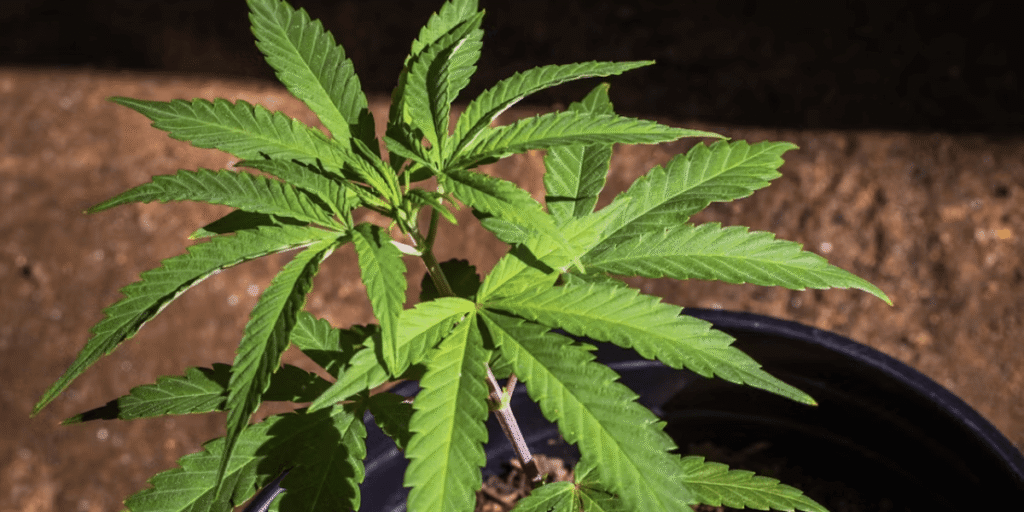
When Is the Best Time to Re-Veg a Plant?
Let’s elaborate on specific scenarios where re-vegging truly shines:
- Optimizing Limited Space: For growers with limited grow tent space, re-vegging means you don’t need a separate “mother room.” You can harvest a plant, put it back into veg, and essentially have a mother plant and a flowering plant in the same space at different times, or use the re-vegged plant to quickly produce clones for your next cycle without occupying extra footprint long-term.
- Recovering from Accidental Hermaphroditism or Stress: If a plant experiences significant stress during flowering and shows signs of herming (developing male flowers), and you still value its genetics, re-vegging can sometimes allow the plant to recover from that stress and resume normal female growth in its next cycle, providing a second chance.
- Outdoor Season Extension: For those in regions with shorter outdoor growing seasons, re-vegging an indoor-finished plant can be a way to get an earlier start on “outdoor” genetics. You could flower a plant indoors, take it outside to re-veg in the early spring, and then let it naturally flower as the days shorten, effectively extending its productive life.
- Saving a Prized Phenotype You Didn’t Clone: It happens to the best of us – you grow a plant, harvest it, and only then realize it’s an absolute superstar phenotype you wish you had cloned. Re-vegging is your last-ditch effort to save and propagate that specific genetic line.
Common Pitfalls in Cannabis Re-Vegging
While appealing, re-vegging isn’t without its drawbacks:
- Stress on the Plant: Re-vegging is a highly stressful process for the cannabis plant. It can lead to unusual initial growth, such as single-bladed leaves or deformed foliage, and in some cases, hermaphroditism due to the stress.
- No Guarantee of Success: Not every plant will successfully re-veg. The success rate can vary depending on the plant’s health, genetics, and how well the process is executed.
- Potential for Reduced Yields: While often aimed at increasing yields, the second harvest from a re-vegged plant can sometimes be smaller than the first, especially if the process isn’t managed perfectly.
- Requires Patience: The initial re-growth can be slow and appear unusual. Larger plants, in particular, may take longer to revert to normal vegetative growth.
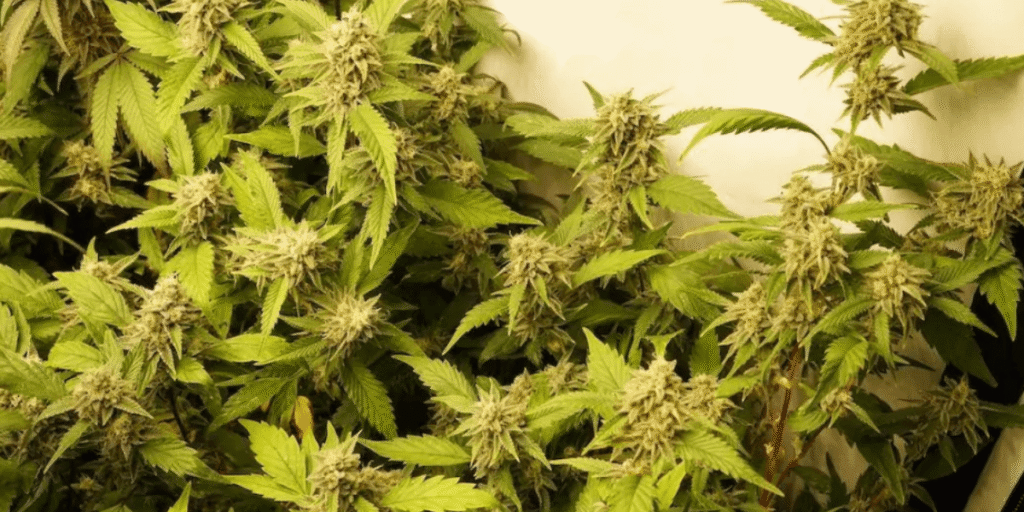
How to Re-Veg Cannabis After Harvest: Step-by-Step
Follow these steps for the best chance of successful re-vegetation:
- Strategic Harvesting: When harvesting, don’t strip the plant completely. Leave 10–20% of the lower branches, small buds, and healthy fan leaves to support photosynthesis and stimulate new growth.
- Pruning for Recovery: After harvest, gently prune away any dead or heavily damaged leaves. Ensure that the remaining leaves are healthy and green.
- Light Cycle Reset: Switch to a vegetative schedule 18 hours of light and 6 hours of darkness. Some growers use 20–24 hours of continuous light to encourage regrowth. Consistency is key here. If you’re unsure how to dial in your lighting, check out our guide on cannabis light spectrum.
- Optimal Environment:
- Humidity: Aim for a relative humidity (RH) of 65-75% initially. This helps the plant recover from stress.
- Temperature: Maintain a comfortable temperature range, typically 70-80°F (21-27°C).
- Air Circulation: Ensure good airflow to prevent mold and promote healthy growth.
- Nutrient and Watering Strategy
- Flush the Roots: Rinse with plain pH-balanced water to clear leftover nutrients.
- Nitrogen-Rich Feed: Use a veg-stage nutrient mix high in nitrogen. Start at half strength, then gradually increase.
- Water Carefully: The plant uses less water during recovery. Only water when the top inch of soil feels dry to prevent root rot.
- Be Patient: Early regrowth may look odd like single-bladed or twisted leaves. This is normal. Visible new growth usually appears within 1–3 weeks, with full recovery taking a bit longer.
- Ongoing Care: Once new growth establishes, you can treat the plant like any other vegging cannabis plant. You can also begin training techniques (like LST or HST) to shape it for an even better second harvest. Not sure which method works best? Explore our cannabis training methods and find the one that suits your style.
What to Expect During Re-Veg Cannabis Growth
Let’s provide more detail on the peculiar growth a re-vegging plant exhibits:
- The “Crab Claw” or “Three-Finger” Leaves: The very first new leaves that emerge during re-veg will often be single-bladed, sometimes looking like crab claws, or have three leaflets instead of the typical five, seven, or more that are characteristic of healthy vegetative cannabis. This is a tell-tale sign that the plant is successfully reverting.
- Dense, Bushy Growth: As the plant continues to re-veg, the growth will become incredibly dense and bushy. Nodes will be very tight, and the plant will put out many new shoots from dormant sites. This is a natural response to the stress and the shift back to vegetative growth, as the plant tries to re-establish a robust canopy.
- Timeframe for Normalcy: It’s important to reiterate that it can take several weeks for the plant to return to producing “normal” multi-fingered leaves. Growers should not be alarmed by the initial odd growth; it’s part of the process.
Tips to Boost Your Re-Veg Cannabis Success
- Carbon Dioxide (CO2) Supplementation: Once the plant shows initial signs of re-vegging, providing supplemental CO2 (if your grow space allows) can significantly accelerate recovery and new growth. CO2 aids photosynthesis, which is crucial for a plant under stress trying to regenerate.
- Low-Stress Training (LST) Early On: Once new shoots appear and are pliable, gently tie them down using LST techniques. This encourages even more lateral branching and light penetration into the dense new growth, leading to a bushier plant with more potential bud sites for the next cycle.
- Foliar Feeding: Consider very light foliar feeding with a nitrogen-rich solution (diluted to ¼ or ½ strength) during the initial recovery phase. The leaves can absorb nutrients directly, providing a quick boost to the stressed plant. Ensure proper ventilation to avoid humidity issues.
- Monitoring Root Development: While you can’t see them, healthy root development is crucial. You might notice new white roots emerging from the bottom of the pot. Maintaining proper watering and avoiding overwatering is key to preventing root rot, which is even more detrimental during this stressful period.
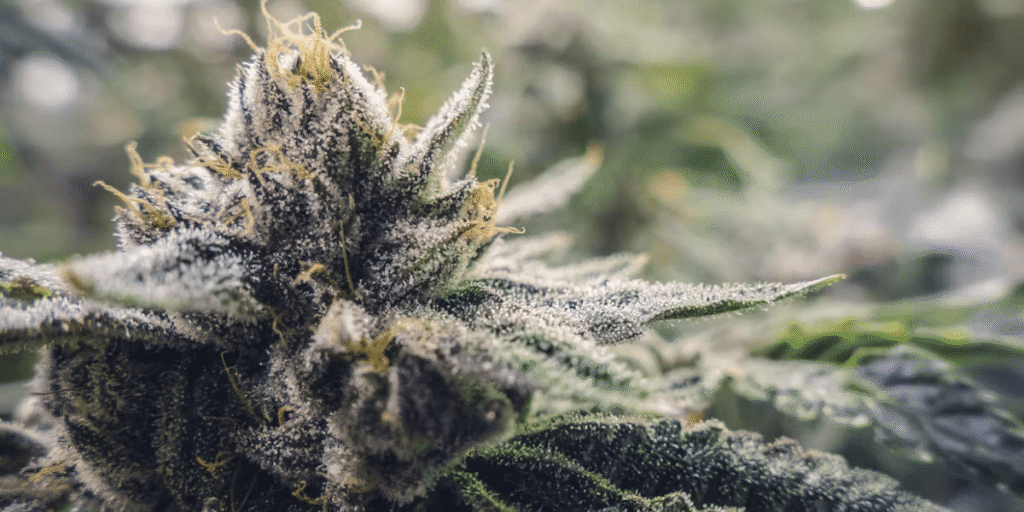
Troubleshooting Common Re-Veg Cannabis Issues
Let’s expand on potential problems and how to address them:
- No New Growth After 2-3 Weeks:
- Check Light Cycle: Check Light Cycle: Is it strictly 18/6 or more? Even slight light leaks during the “dark” period can confuse the plant. You may also want to learn about the signs your cannabis needs more light to rule out under-lighting issues.
- Nutrient Imbalance: Is your NPK ratio heavily favoring nitrogen? Are other micronutrients available?
- Watering Issues: Is the plant sitting in soggy soil? Or is it severely underwatered? Adjust your watering schedule.
- Root Damage: Was the root ball severely disturbed during harvest or handling?
- Plant Vigor: Was the original plant very old or unhealthy before harvest? Very weak plants may not have the energy reserves to re-veg.
- Hermaphroditism (Developing Male Flowers):
- This is a sign of extreme stress. While it can be genetic, inconsistent light cycles, temperature fluctuations, or severe nutrient deficiencies/excesses can trigger it.
- If you see male pollen sacs, you’ll need to decide whether to remove them meticulously or cull the plant, depending on the severity and your risk tolerance for pollinated seeds.
- Pest Infestations:
- Stressed plants are more vulnerable. Inspect the underside of leaves and stems regularly.
- Use integrated pest management (IPM) strategies, including neem oil sprays (during lights-off) or beneficial insects, to address issues early. Avoid heavy chemical pesticides on a stressed plant.
- Nutrient Burn or Deficiencies:
- A recovering plant’s nutrient demands change. Start with lower strength nutrients and increase gradually.
- Monitor pH meticulously, as nutrient availability is highly dependent on correct pH levels in your medium.
Frequently Asked Questions About Re-Vegging
Q1: How long does re-vegging take?
A: It typically takes 1 to 3 weeks for new vegetative growth to become apparent, but the plant may need 4–6 weeks or even longer to fully recover and be ready for its next flowering cycle.
Q2: Will the yield be as good as the first harvest?
A: It can vary. While some growers report similar or even larger yields (especially with monster cropped clones), the second harvest might sometimes be slightly smaller, depending on the plant’s recovery and care.
Q3: Can I re-veg a plant multiple times?
A: Yes, it’s possible to re-veg a plant two or even three times. However, with each subsequent re-veg, the process becomes more stressful for the plant, and success rates may decline. Most growers stick to one or two re-veg cycles.
Q4: What if my plant isn’t showing new growth?
A: Double-check your light cycle, nutrient balance (ensure enough nitrogen), watering schedule (avoid overwatering), and environmental conditions (temperature, humidity). Patience is key, but if after several weeks there’s no progress, the plant may not recover.
Q5: Is re-vegging only for indoor grows?
A: While most commonly practiced indoors, outdoor growers can also re-veg. If you harvest early enough in the season (e.g., late summer), you can bring the plant indoors under a vegetative light cycle to stimulate new growth, then potentially put it back outside for a second smaller harvest if the climate allows.
Final Thoughts on Re-Veg Cannabis and Next Steps
Searching for high-quality LED grow lights? Explore our Grow Light Selection to discover the perfect solution that helps your plants thrive and delivers impressive yields. Have questions or need customized recommendations? Visit www.greenfuturelight.com to speak with our knowledgeable team and receive a free personalized consultation tailored to your needs.
Re-vegging cannabis isn’t just a technique. It’s an opportunity a chance to bring a favorite plant back to life. With the right care, patience, and understanding, you can unlock stronger genetics, shorten your grow cycle, and get even more from a plant you already know and trust. If you’ve ever finished a harvest and wished you could grow that same plant again, now you can. Re-vegging gives you that second chance. With proper lighting, gentle handling, and a little faith in the process, your plant can come back greener and more vigorous than ever.
Join our growing community! Share your cultivation stories by tagging @Greenfuturelight on Instagram we’re excited to see and celebrate your progress. A friendly reminder: when working with intense grow lights, especially those emitting UV rays, please always wear appropriate eye protection to keep your vision safe.
For professional advice and support, reach out today to book your complimentary one-on-one consultation. Every grow is a chance to learn, and every re-veg is a small miracle. So why not try it? Nurture what you’ve already started, and let your next harvest begin today. Here’s to a flourishing grow and a bountiful harvest ahead!
Resources to Enhance Your Cannabis Grow
Want to dive deeper into optimizing your cannabis grow? Check out these other helpful articles:

